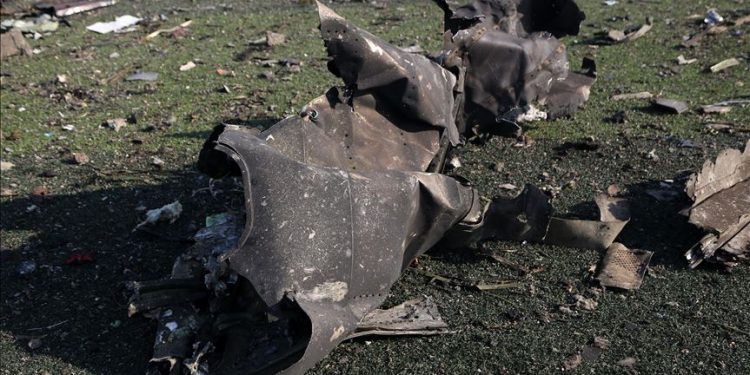Bhubaneswar: Ukrainian investigators are probing possibilities of a surface-to-air missile hit on the ill-fated aircraft that crashed in Iran killing all onboard, a top Ukrainian official said Thursday.
According to secretary of the National Security and Defense Council of Ukraine Oleksiy Danilov, investigators were following up on unconfirmed reports that surfaced earlier in the day showing parts of a Russian-made Tor surface-to-air missile (SAM) lying near the crash site.
Russian made Tor SAM is known to be used by Iran and has been in service since 2007 at least. It has also been showcased during several military parades in Tehran.
That said, Danilov did not rule out several other possibilities that led to the disaster that killed at least 176 people in the Boeing 737-800 aircraft.
Ukraine is currently negotiating with Iran to allow Ukrainian investigators to search the crash site.
“The priority is to find out the causes of the tragedy. We will definitely find out the truth. We will conduct a detailed and independent investigation,” Ukrainian President Volodymyr Zelensky said Thursday.
Even though Iran earlier took a tough stance on the issue and refused to allow Americans to get involved in the probe, it has softened its position since. According to a source, the Iranians have invited the National Transportation Safety Board (NTSB) of the United States to assist in the investigation through the International Civil Aviation Organization.
Meanwhile, NTSB is not in a position to contact Iranian authorities without an export license given the sanctions in place, the source added.
Another report from Iranian government Wednesday had suggested that the airliner had turned back after experiencing some technical snag.
“The plane, which was initially headed west to leave the airport zone, turned right following a problem and was headed back to the airport at the moment of the crash,” the Iranian Civil Aviation Organisation had said on its website late Wednesday.
“The plane disappeared from radar screens the moment it reached 8,000 feet (2,400 metres). The pilot sent no radio message about the unusual circumstances. According to eyewitnesses, a fire was seen onboard the plane which grew in intensity,” the organisation added, reporting its first findings of its investigation into Wednesday’s crash.
The Iranian Civil Aviation Organisation went on to add that it had questioned witnesses both on the ground and onboard a second aircraft which was flying above the Ukrainian Boeing 737 as the disaster unfolded.
(PNN & Agencies)







































